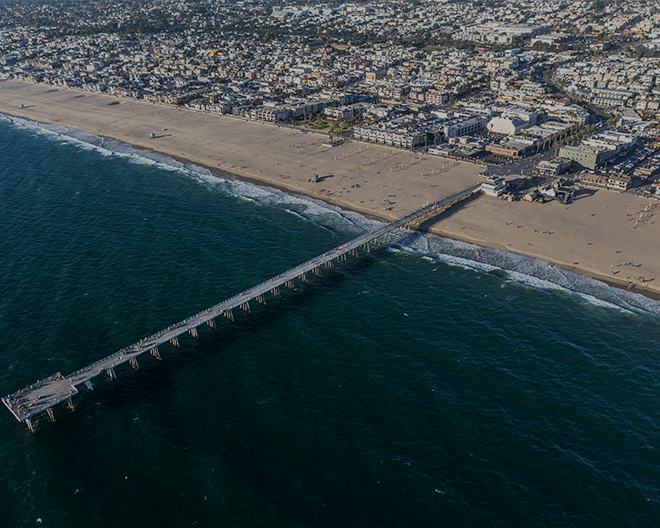
Not all accidents are cut and dry, with one ‘good guy’ and one ‘bad guy.’ Contributory fault is a way of apportioning damages when more than one party is at fault for an accident.
Sometimes, that means you receive no recovery at all, but other times, it means you have to settle for less money. It is important that you understand every state’s system in case you suffer an accident while traveling out of state.
Types of Contributory Fault

Different states apply different rules to contributory fault. As such, you can divide contributory fault into three classes: contributory negligence, pure comparative negligence, and modified comparative negligence. There are also two different kinds of modified comparative negligence.
Contributory Negligence
Contributory negligence is a very harsh rule that only Alabama, Maryland, North Carolina, Virginia, and (sometimes) Washington, D.C. apply. Under contributory negligence, you lose all of your damages if you are even 1% at fault for the accident.
Pure Comparative Negligence
A total of 13 states apply ‘pure’ comparative negligence negligence, including California. Under pure comparative negligence, a court will assign each party a percentage of fault.
From there, you lose whatever percentage of your damages corresponds to your percentage of fault. If you were 10% at fault, for example, you would lose 10% of your damages.
Modified Comparative Negligence
Overall, 33 states apply some form of modified comparative negligence. Modified comparative negligence works like pure comparative negligence, except there is a cutoff at 50% or 51%.
If you reach the cutoff, you lose all of your damages. Most states that use modified comparative negligence apply a 51% cutoff.
Slight/Gross Negligence
South Dakota applies its own unique system called “slight/gross negligence.” Slight gross negligence works a lot like contributory negligence. You can only recover damages if your fault was either slight or nonexistent, and if the defendant’s fault constituted “gross negligence.”
What Are Some of the Tricks the Insurance Company Might Try to Pull?
Insurance companies are businesses, and their purpose is to minimize the amount they pay out in verdicts and settlements. To this end, they have many tricks up their sleeve. Below are only a few examples:
- Playing with comparative negligence: You failed to use your turn signal right before a truck accident. Does that make the accident 5% your fault or 55% your fault? You’re going to want to say 5%, and the insurance company is going to want to say 55%.
- Computer games: The insurance company might use a software program to calculate your liability. Don’t let this intimidate you. Software programs are only as objective as the people who program them. And insurance companies have a strong incentive to program them to maximize your liability and minimize their own.
- Using your own words against you: Interviewing you, asking you trick questions, and then using your answers against you.
- Using bureaucratic delay as a weapon to get you to accept less money in exchange for a quick settlement. You might be desperate to pay your medical bills, for example, and the insurance company might try to use your own desperation against you.
- Misrepresenting the terms of the relevant insurance policy. If you catch the insurance company doing this, you should consider filing a separate ‘bad faith insurance’ claim against them for monetary damages.
An experienced personal injury lawyer will not fall for any of these tricks.
Should I Settle or Sue My Personal Injury Claim?
Most people would rather settle than sue because it is quicker and easier. Even the defendant will probably prefer settlement. Settlement and trial are not necessarily mutually exclusive options, however.
You can sue first in order to gain leverage in subsequent settlement negotiations. In practice, almost all claims settle before trial – even those that make it to court initially. Only once in a while does a claim end up all the way at trial. It can be tricky negotiating comparative fault at the settlement table, however.
Contact an Experienced Hermosa Beach Personal Injury Lawyer Today
Determining the exact percentage of fault for an accident is a highly subjective endeavor. It is for precisely this reason that the assistance of an experienced personal injury lawyer is so critical in these types of cases.
We have three convenient locations in California, including Redondo Beach, Torrance, Hermosa Beach, and Santa Ana, CA. We also have offices in Phoenix, AZ, and Austin, TX. Schedule a free initial consultation with an Hermosa Beach personal injury lawyer with our team The Simon Law Group at your earliest convenience at (424) 722-3209.



